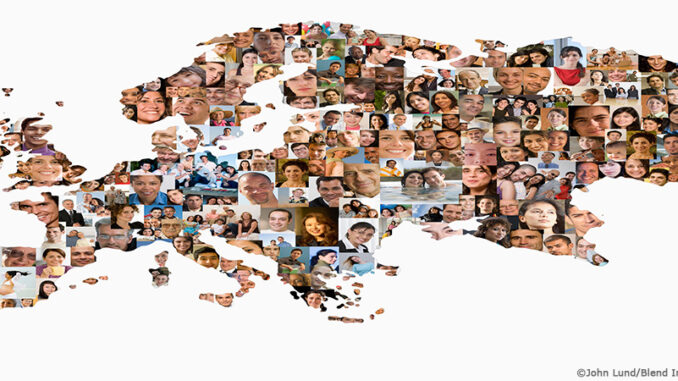
Thousands of people have died fleeing war-torn Syria since conflict intensified in 2011. But it was the haunting image of a lifeless, three-year-old boy washed up on the coast of Turkey that has intensified the conversation about what is happening and what can/should be done.
What is a Refugee?
For as long as there have been conflicts in nations, there have been refugees. These are persons who leave their country out of fear–of being killed, harmed, or otherwise persecuted–often at the hands of their own government. They differ from migrants (persons who cross borders in search of opportunity) in that the refugee can receive a legal distinction that qualifies them for protection and assistance. “Asylum seekers” are those who wish to be recognized as a refugee but have not yet received official status as such. An “internally displaced person” (IDP) is someone forced from their home because of a dangerous situation but who have not crossed an international border.
The refugee designation was made possible by the Geneva Conventions. Created in 1951 (and amended in 1967), this United Nations treaty defined the rights of refugees and the obligations of the 147 countries that signed it. Participating countries work closely with the Office of the United Nations High Commissioner for Refugees (UNHCR), located in Switzerland.
[Related Notes: You can learn a lot more about the Facts and Figures of the differences between refugees, asylum seekers, and other points related to this discussion at this Web site hosted by the United Nations High Commisioner for Refugees (UNHCR).]
Other Examples of Modern Refugees
- Europe (1933-1945) You are likely familiar with the 6 million people killed during the Nazi rule of Germany before and during World War II. You may be less familiar with the 40 million who were forced to flee their homes and scattered across the world, including Switzerland, the Netherlands, Great Britain, France, Spain, Palestine, Israel and the United States. This massive influx led to the formation of many organizations committed to helping refugees today.
- Yugoslavia (1992-1995) Yugoslavia was later divided into six “federation republics.” In the 1980s, tensions between them, most of them ethnic and political in nature, lead to number of armed conflicts throughout the country in the 1990s. Fleeing genocide, around 2.7 million people, including half of the population of Bosnia, fled into neighboring countries. Two decades later, 2.5 million have reportedly returned.
- Somalia (1991-present) There has been a civil war raging in this East African country for more than 20 years. Many refugees initially went to neighboring Kenya and Ethiopia. Since then, many have resettled to the United States, Canada and Australia. There are currently more than 1.3 million displaced Somali’s around the world.
- Iraq (2003-2011) There have been a growing number of refugees going back to the Gulf War (1991). Nearly 95 percent of them remain in the Middle East, with 2 million living in countries that border Iraq. There are also a large number of IDPs still living inside the country.
The burden and impact on the nations that agree to host is large, especially those considered developing countries. Some of the biggest challenges they face is providing safe accommodations and caring for those who have medical concerns (including post traumatic stress disorder).
